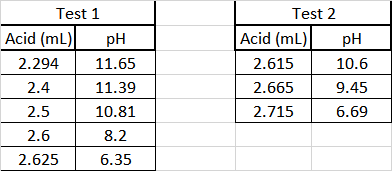5.4 - 5.5 is a good mash pH range for dark beers and also a good mash pH for light beers. I don't recall the book having much to say about the why's and wherefore's. Based on what people have posted in this forum and others and my own experience it seems that as pH is lowered flavors, all flavors, seem to become 'brighter' (that's not my word but I just can't think of a better one) as pH is decreased. Clearly there has to be some point beyond which they become too bright, whatever that means, and I have had some conversations with John in which he expresses that opinion and, IIRC he uses terms like 'sharp'. I, for some reason, have not wound up with a mash pH too low....yet. Thus I can't confirm from personal experience what the consequences of too low a mash pH might be other than the obvious less than optimum.
What you taste will, of course, depend to some extent on the pH of the final beer and I know at least one brewer, Gordon Strong, who adjusts the final pH of his beer. Left alone beer goes to a pH that depends more on yeast strain selection and fermentation health than it does on mash/wort pH though, of course, they do have some effect.



